An unidentified Chinese man in his thirties or forties stole an alligator coat valued at approximately $128,000 from a Hong Kong Burberry store by putting it on and just walking out the front door on Wednesday, authorities told South China Morning Post.
What’s this strange contraption? Perhaps a headrest, or some kind of anti-cheating device? Maybe it’s something for the kids to hold on to when English grammar classes get too exciting to bear!?
Actually, this classroom has been fitted with these specially-designed desks as a measure of preserving their kids’ precious eyesight.
Our hungry friends over at Foodbeast have just unleashed a great new how-to video that outlines a number of errors both Japanese and non-Japanese alike often make when eating sushi. Not only that, but it teaches us the correct way to eat the stuff, introducing one piece of dining etiquette in particular that even regular sushi eaters often forget. Be sure to check this one out!
Of course, not all anime are created equal, but there are some common themes and scenes that run throughout. From nosebleeds at the sight of an attractive young lady to “magical openings,” the following video, titled “10 Steps To Become Real Life Anime!” has been generally celebrated by the anime-loving community for its truthful and humorous depiction of anime. Watch the video yourself and see if you agree!
Hokka Hokka Tei, a Japanese bento food chain, announced its “Attack on Titan Lunch” collaboration with Attack on Titan to create limited-time lunches. So, what exactly goes into a lunch for giant appetites? The answer is a lot of meat and vegetables.
A bank teller in Shanghai kept a cool head when a would-be robber threatened her with a huge meat cleaver. Without showing even a hint of fear, the bank teller can be seen laughing and pointing at the man, as his bungled robbery ends in him being taken away by security guards.
Recently, in what we might call the ‘marshmallow movement’, we’ve seen chubby girls start to shed some of their stigma in Japan. A chubby Japanese idol group has already arrived on the scene, and now we can also introduce a dedicated plus-size magazine. And as if marshmallows weren’t enough, they’re apparently also pushing for a new, and rather creative, label.
Annual Cat Day may be over, but that doesn’t mean we have to stop celebrating all things feline, does it? That’s right, as fond as we are of cats, we don’t really need a reason to express our affection for our feline friends, and in that spirit, some of the lovely reporters at our sister site Pouch decided to get together and come up with a list of the best cat-themed alcoholic drinks around. Cats and alcohol, now that sounds like a dangerously attractive combination!
To get their hands on some of the fun and tasty cat-themed drinks out there, our reporters used the services of major Japanese online liquor distributor Kakuyasu. Let’s see what their top five pics were.
The Box Office Mojo website reports that Hayao Miyazaki‘s final film, The Wind Rises opened in limited release this weekend in 21 theaters with an estimated US$306,000. Those box office receipts gave the film a per-screen average of US$14,571, the second highest among all films in the United States this weekend (after Elaine Stritch: Shoot Me‘s US$15,000 average on two screens).
Dogs are some of the best pets you can have. They’ll play with you when you’re bored, they’ll snuggle with you when you’re sad, and they’ll be just plain adorable whether you want them to or not. And, if you’re really lucky, you can even get them to play dress up with you!
But just what character would you want your dog to cosplay as? There aren’t too many options, but here’s the one that should be obvious: Amaterasu’s wolf form from Ōkami!
Perhaps you remember Ladybeard from our previous post a couple of weeks ago introducing the cross-dressing bearded pro-wrestler, performer, heavy metal singer and party rocker. Well, it would seem that Ladybeard recently met up with another iconic cross-dresser in Japan, the “Sailor Suit Old Man”.
A hairy burly man and a balding old man in schoolgirl uniforms may sound like an absolute turn off, but they looked so happy, we couldn’t help but think they actually look somewhat cute. Here’s the most epic schoolgirl combi in history!
Last month we laughed along with the Swedish animators Olivia Bergstrom and Eric Bradford as we watched the first scenes of their anime-inspired creation Senpai Club. Now the pair, collectively known as makebabi.es, is back for another round of parody featuring dangerously pointy anime chins, ostensibly handsome upperclassmen, and just maybe even more stealthy bilingual gags with Senpai Club Episode 1 Part 2.
Japanese publisher Kodansha reported its financial results for the 2013 fiscal year (December 2012 to November 2013) on Thursday. The company garnered 120.272 billion yen (about US$1.173-billion) in revenue, a 2.0% increase from the previous fiscal year. The publisher’s profits increased by 107.3% to 3.214 billion yen (US$31.346 million). This is Kodansha’s first revenue increase in 18 years and its first increase in both revenue and profit in 19 years.
Back when I was applying for my first Japanese work visa, there was a thick stack of paperwork I had to submit. Most of the items made sense, but one that struck me as weird, though, was my college diploma. I knew that Japanese law required a college education for the visa I was applying for, but wouldn’t sealed, authenticated transcripts make more sense than a personal diploma, which could be easily forged for 20 bucks at any print shop, or even with a high quality home-use printer?
Nope, I was informed, it had to be the diploma. That’s the paperwork they give you when you graduate, right? After all, from the standpoint of honest and by-the-book Japanese society, who would be so dishonest as to provide false educational credentials?
How about a man in Osaka, who taught junior high school for 15 years without ever obtaining his teaching credential.
Ah, the joys of international travel. You shell out the majority of your paycheck for a ticket and spend sleepless nights counting down the days to your adventure of a lifetime. Then the day of departure finally comes and you board the plane, arriving hours later at your destination and trembling with anticipation. Camera in hand, you journey to the first famous place on your list that you’ve been dreaming about for weeks on end. Finally there, you take a quick look around, eyes widening in surprise, and blurt out, “…that’s it?!”
While Tokyo’s recent blizzard showed us the lighter side of natural disasters with amusing snow sculptures and insane images of overly panicked urbanites, these kind of storms have the potential to be very deadly and serious if you are caught outside. Last March, a violent storm hit the northeast part of Hokkaido and took the lives of nine people.
One of the most tragic stories to come out of this storm was a young girl who lost her father after he used his own body to protect her from the freezing temperatures and strong winds. On the one-year anniversary of the tragedy, the girl asked one of Japan’s biggest newspapers, the Yomiuri Shimbun, to publish a heart-breaking letter thanking the country for the huge outpouring of support over the past year.
As fans the world over continue to wait for the upcoming newest installment of the Sailor Moon franchise, merchandising giant Bandai has been releasing a steady stream of goodies from the hit anime. Recently, we’ve seen compact mirrors and even lingerie inspired by the twin-tailed magical girl and her cohorts, and now comes a line of Sailor Moon pens.
The cutesy home-made lunches that lucky Japanese children take to school are famous worldwide. For the time-pushed or culinarily challenged among us, though, store-bought bento (boxed lunches) can offer great value for money. Convenience store bento, which are hugely popular all over Japan, contain all kinds of delicious goodies like fish, meat, stewed vegetables and pickles, along with rice. When one bento-loving Japanese university student threw caution to the wind and sunk her entire lunch into her miso soup, she discovered that the resulting soupy concoction was even more tasty than she could have imagined! Thus, convenience store bento soup was born!
Here at RocketNews24 we love to try out rice-augmenting recipes and other wacky food combinations, so when a writer from our Japanese sister site heard about this amazing invention, made by heating the entire contents of a convenience store lunchbox in a pot of miso soup, she just had to give it a try! Let’s see how she got on.
Tales have oft been told of the mythical items to be found when journeying through the maze of shopping aisles in Japan’s online realm. From unusual manga characters to riot shields, it seems anything might be possible once you’ve entered through the magical portal known as Amazon Japan. Now it seems that visitors who stop by to make purchases are just as interesting as some of the items on offer, as self-proclaimed heroes and brave warriors from across the nation are buying swords from the marketplace and providing feedback on the efficacy of their items. Latest reviews are aimed at an innocent-looking plastic sword, which is said to be under-performing when it comes to vitality levels and magic ability.
With just over 1,000 stores covering practically every prefecture, Starbucks is a coffee powerhouse in Japan. Since opening its first store in Tokyo in 1996, the company has managed to adapt its business model to suit Japanese tastes with seasonal flavors, expanded (alcoholic) menu options and utilizing Japan’s unique architecture. Last week, Starbucks went one step further in its Japanese expansion plan by announcing that it would promote 800 temp workers to full-time positions, which netizens applauded as a move to create pressure on the Japanese market to provide better benefits to workers.
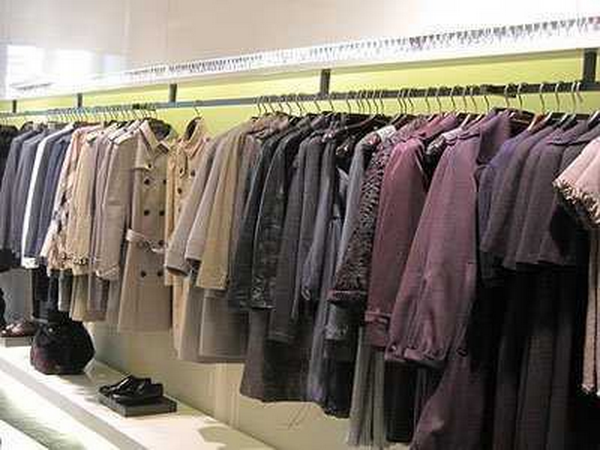



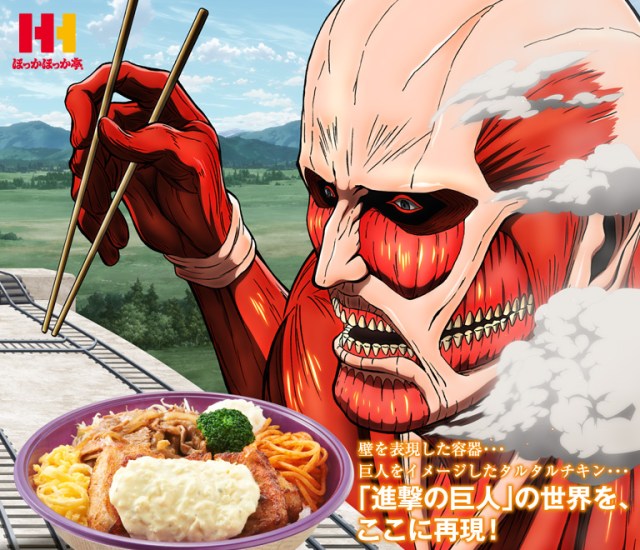
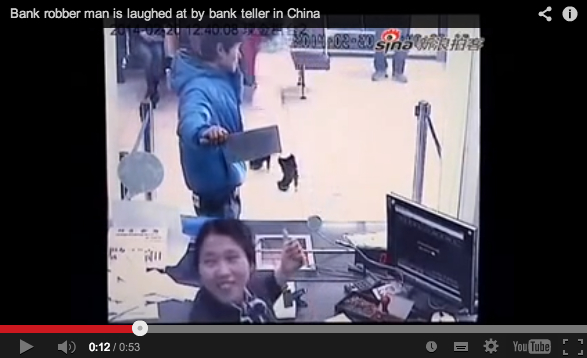
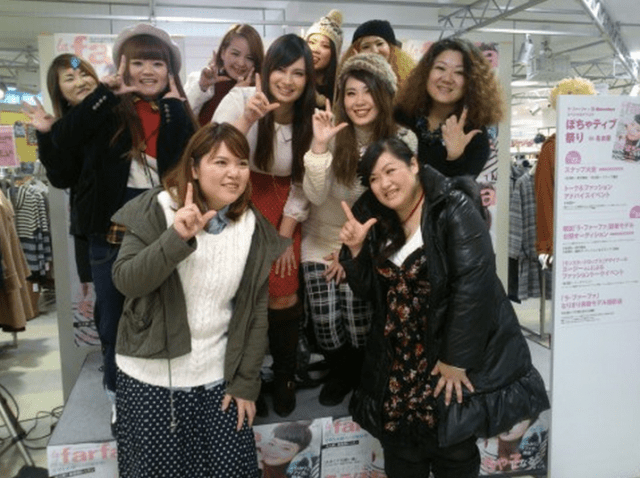
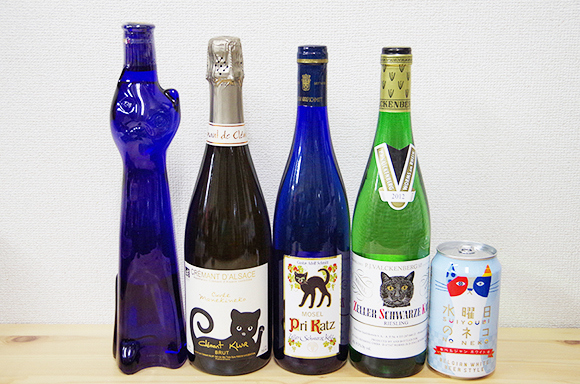
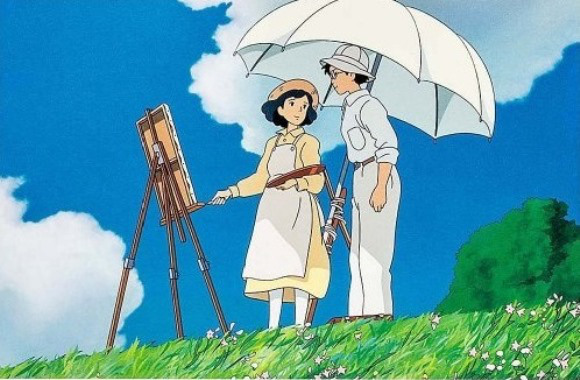
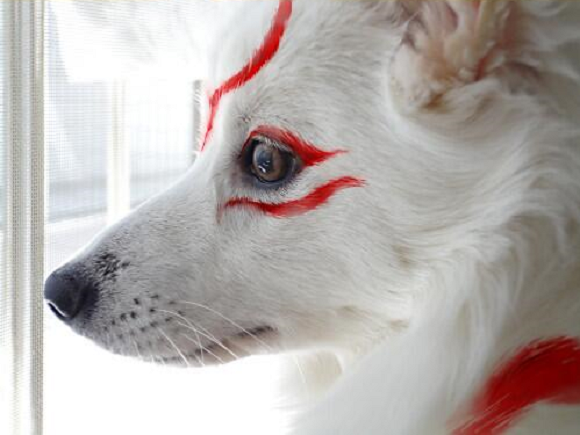
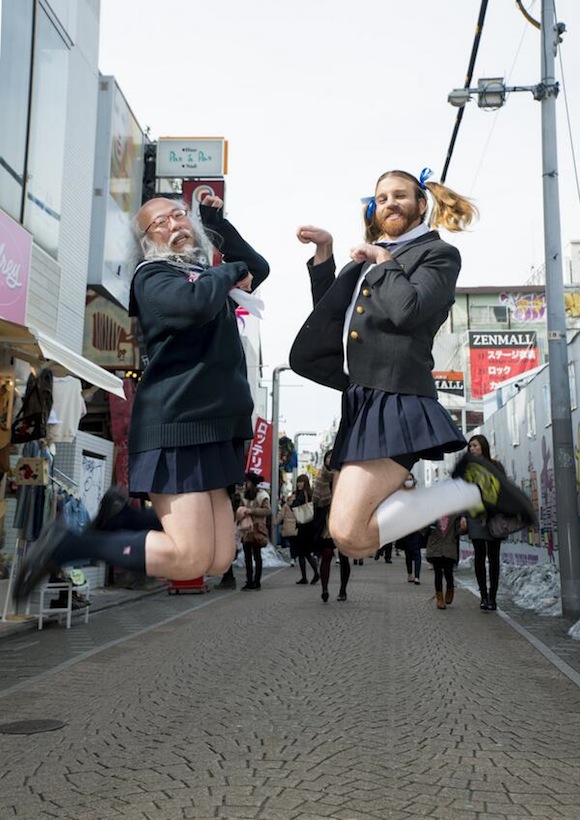
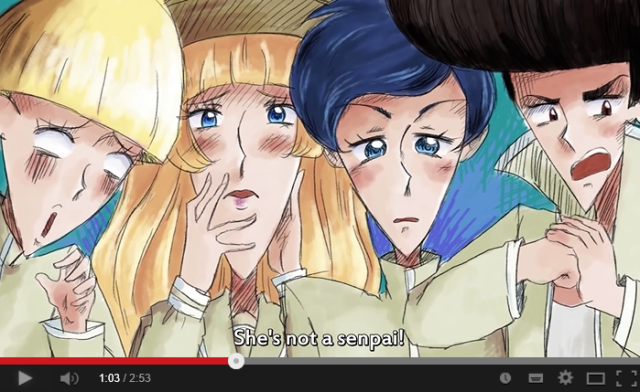
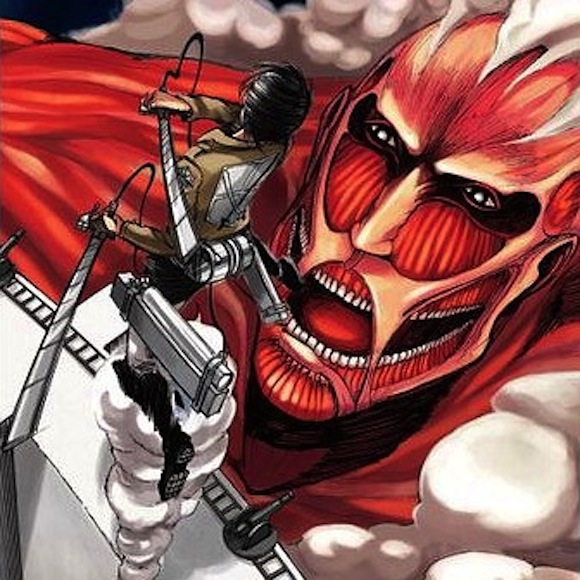
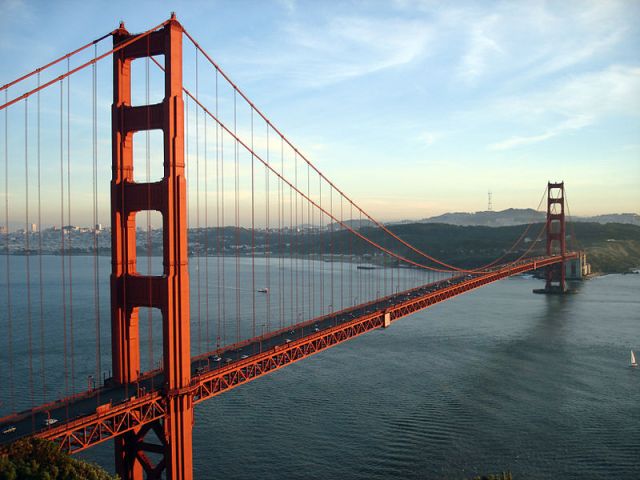

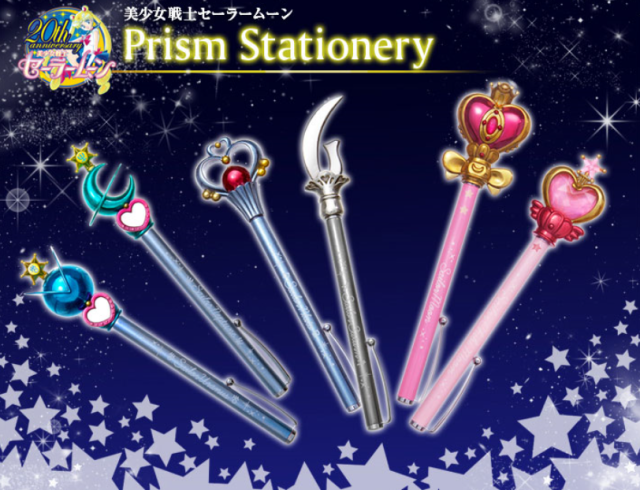
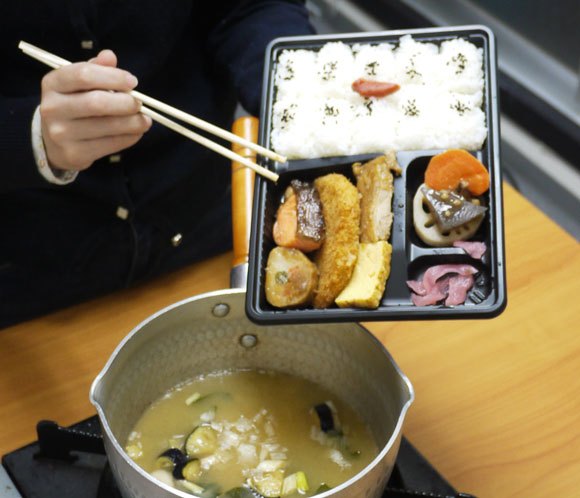
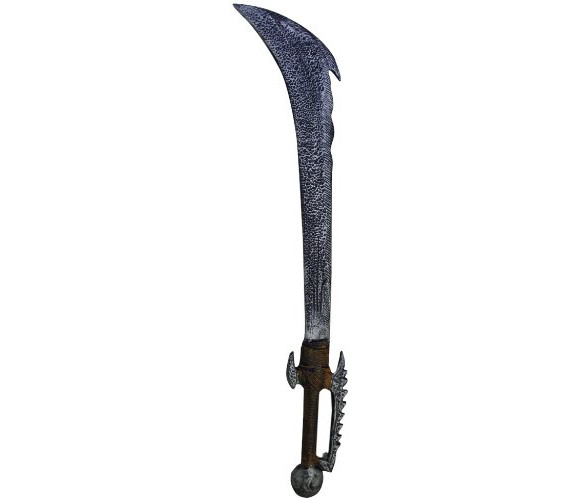
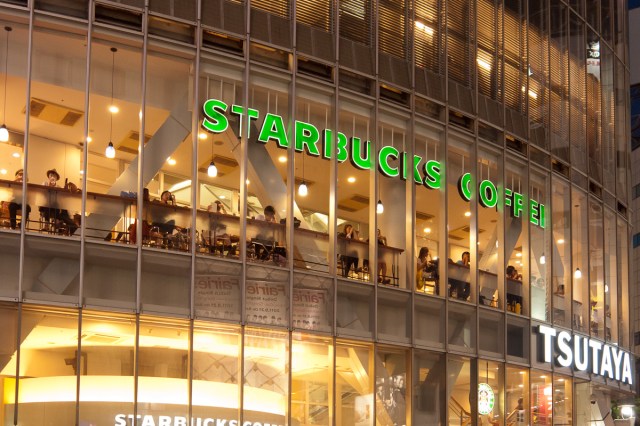
 7-Eleven Japan starts new temporary luggage storage service in over 300 branches
7-Eleven Japan starts new temporary luggage storage service in over 300 branches Start saving room now – Japanese grocery store’s biggest sushi roll yet is coming for Setsubun
Start saving room now – Japanese grocery store’s biggest sushi roll yet is coming for Setsubun Tokyo’s Tsukiji sushi neighborhood asks tour groups to stay away for the rest of the month
Tokyo’s Tsukiji sushi neighborhood asks tour groups to stay away for the rest of the month 7-Eleven Japan has a hack for creating insanely delicious potato chip rice meals
7-Eleven Japan has a hack for creating insanely delicious potato chip rice meals Is this the most relaxing Starbucks in Japan?
Is this the most relaxing Starbucks in Japan? Stamina-destroying “Paralysis Noodles” are Tokyo’s newest over-the-top ramen innovation
Stamina-destroying “Paralysis Noodles” are Tokyo’s newest over-the-top ramen innovation How to get your money’s worth at an all-you-can-eat crepe challenge in Japan
How to get your money’s worth at an all-you-can-eat crepe challenge in Japan Dragon Quest Slime toys appear at McDonald’s Japan in crossover with Grimace and pals【Video】
Dragon Quest Slime toys appear at McDonald’s Japan in crossover with Grimace and pals【Video】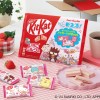 New Japanese KitKat flavour stars Sanrio characters, including Hello Kitty
New Japanese KitKat flavour stars Sanrio characters, including Hello Kitty In Kyoto, “Hey, you’ve got a really nice watch” is NOT a compliment, Japanese businessman says
In Kyoto, “Hey, you’ve got a really nice watch” is NOT a compliment, Japanese businessman says Starbucks teams up with 166-year-old Kyoto doll maker for Year of the Horse decorations【Photos】
Starbucks teams up with 166-year-old Kyoto doll maker for Year of the Horse decorations【Photos】 Street Fighter Hadouken Churros to be launched and eaten in Tokyo, Okami pudding on offer too
Street Fighter Hadouken Churros to be launched and eaten in Tokyo, Okami pudding on offer too More Shinkansen trains being added to Japan’s “golden route” to meet traveler demand
More Shinkansen trains being added to Japan’s “golden route” to meet traveler demand Japanese avoiding domestic travel as foreign tourists increase, possibly creating vicious cycle
Japanese avoiding domestic travel as foreign tourists increase, possibly creating vicious cycle Japanese woman mistaken for bear
Japanese woman mistaken for bear Return of Totoro sequel short anime announced for Ghibli Park
Return of Totoro sequel short anime announced for Ghibli Park Starbucks Japan quietly slips fans another Christmas present with Joyful Medley Strawberry Milk Tea
Starbucks Japan quietly slips fans another Christmas present with Joyful Medley Strawberry Milk Tea We go on a quest to find the cheesiest sushi at Japanese conveyor belt sushi chains【Taste test】
We go on a quest to find the cheesiest sushi at Japanese conveyor belt sushi chains【Taste test】 Japan’s human washing machines will go on sale to general public, demos to be held in Tokyo
Japan’s human washing machines will go on sale to general public, demos to be held in Tokyo Starbucks Japan unveils new Christmas goods and a rhinestone tumbler that costs 19,500 yen
Starbucks Japan unveils new Christmas goods and a rhinestone tumbler that costs 19,500 yen Japanese train company is letting fans buy its actual ticket gates for their homes
Japanese train company is letting fans buy its actual ticket gates for their homes Real-world Nausicaa Ghibli anime glider completes its final flight in Japan【Video】
Real-world Nausicaa Ghibli anime glider completes its final flight in Japan【Video】 Is China’s don’t-go-to-Japan warning affecting tourist crowds in Tokyo’s Asakusa neighborhood?
Is China’s don’t-go-to-Japan warning affecting tourist crowds in Tokyo’s Asakusa neighborhood? The 10 best day trips from downtown Tokyo【Survey】
The 10 best day trips from downtown Tokyo【Survey】 Tokyo considering law requiring more trash cans following litter increase in heavily touristed area
Tokyo considering law requiring more trash cans following litter increase in heavily touristed area Nintendo’s Kirby now delivering orders at Kura Sushi restaurants, but not in Japan
Nintendo’s Kirby now delivering orders at Kura Sushi restaurants, but not in Japan Tokyo event lets you travel back in time, for free, to celebrate 100 years since Showa era start
Tokyo event lets you travel back in time, for free, to celebrate 100 years since Showa era start Survey asks foreign tourists what bothered them in Japan, more than half gave same answer
Survey asks foreign tourists what bothered them in Japan, more than half gave same answer Japan’s deadliest food claims more victims, but why do people keep eating it for New Year’s?
Japan’s deadliest food claims more victims, but why do people keep eating it for New Year’s? We deeply regret going into this tunnel on our walk in the mountains of Japan
We deeply regret going into this tunnel on our walk in the mountains of Japan Studio Ghibli releases Kodama forest spirits from Princess Mononoke to light up your home
Studio Ghibli releases Kodama forest spirits from Princess Mononoke to light up your home Major Japanese hotel chain says reservations via overseas booking sites may not be valid
Major Japanese hotel chain says reservations via overseas booking sites may not be valid Put sesame oil in your coffee? Japanese maker says it’s the best way to start your day【Taste test】
Put sesame oil in your coffee? Japanese maker says it’s the best way to start your day【Taste test】 The top 10 annoying foreign tourist behaviors on trains, as chosen by Japanese people【Survey】
The top 10 annoying foreign tourist behaviors on trains, as chosen by Japanese people【Survey】 No more using real katana for tourism activities, Japan’s National Police Agency says
No more using real katana for tourism activities, Japan’s National Police Agency says Starbucks Japan reveals new sakura drinkware collection, inspired by evening cherry blossoms
Starbucks Japan reveals new sakura drinkware collection, inspired by evening cherry blossoms Stamina-destroying “Paralysis Noodles” are Tokyo’s newest over-the-top ramen innovation
Stamina-destroying “Paralysis Noodles” are Tokyo’s newest over-the-top ramen innovation How to get your money’s worth at an all-you-can-eat crepe challenge in Japan
How to get your money’s worth at an all-you-can-eat crepe challenge in Japan Dragon Quest Slime toys appear at McDonald’s Japan in crossover with Grimace and pals【Video】
Dragon Quest Slime toys appear at McDonald’s Japan in crossover with Grimace and pals【Video】 New Japanese KitKat flavour stars Sanrio characters, including Hello Kitty
New Japanese KitKat flavour stars Sanrio characters, including Hello Kitty In Kyoto, “Hey, you’ve got a really nice watch” is NOT a compliment, Japanese businessman says
In Kyoto, “Hey, you’ve got a really nice watch” is NOT a compliment, Japanese businessman says Japanese Cabinet to officially announce new romanization spelling recommendation next week
Japanese Cabinet to officially announce new romanization spelling recommendation next week More people in Japan quit sending New Year’s cards and many have started to regret it
More people in Japan quit sending New Year’s cards and many have started to regret it Airport in Japan still reporting loss of tourists after manga’s disaster prediction
Airport in Japan still reporting loss of tourists after manga’s disaster prediction Online poll ranks JoJo’s Bizarre Adventures most bizarre sound effects
Online poll ranks JoJo’s Bizarre Adventures most bizarre sound effects Retro noodle soup vending machine is immortalized in an udon soup-flavored pound cake
Retro noodle soup vending machine is immortalized in an udon soup-flavored pound cake Burgers soaked in a plate of hot cheese served at American Diner Andra in Tokyo
Burgers soaked in a plate of hot cheese served at American Diner Andra in Tokyo Japan super budget dining – What’s the best way to spend 1,000 yen at Starbucks?
Japan super budget dining – What’s the best way to spend 1,000 yen at Starbucks?